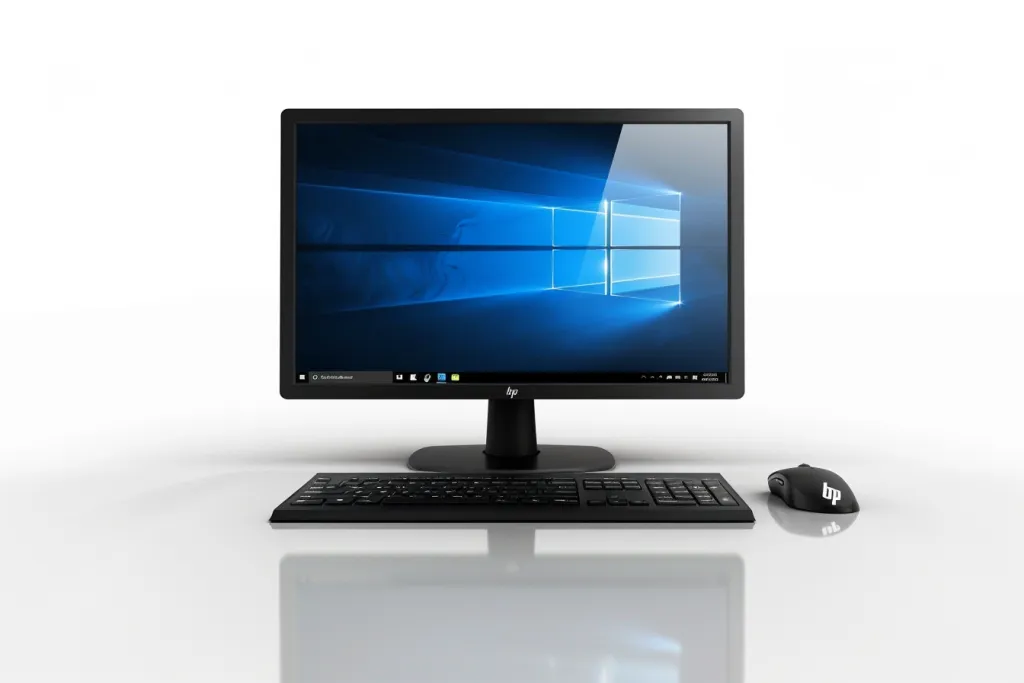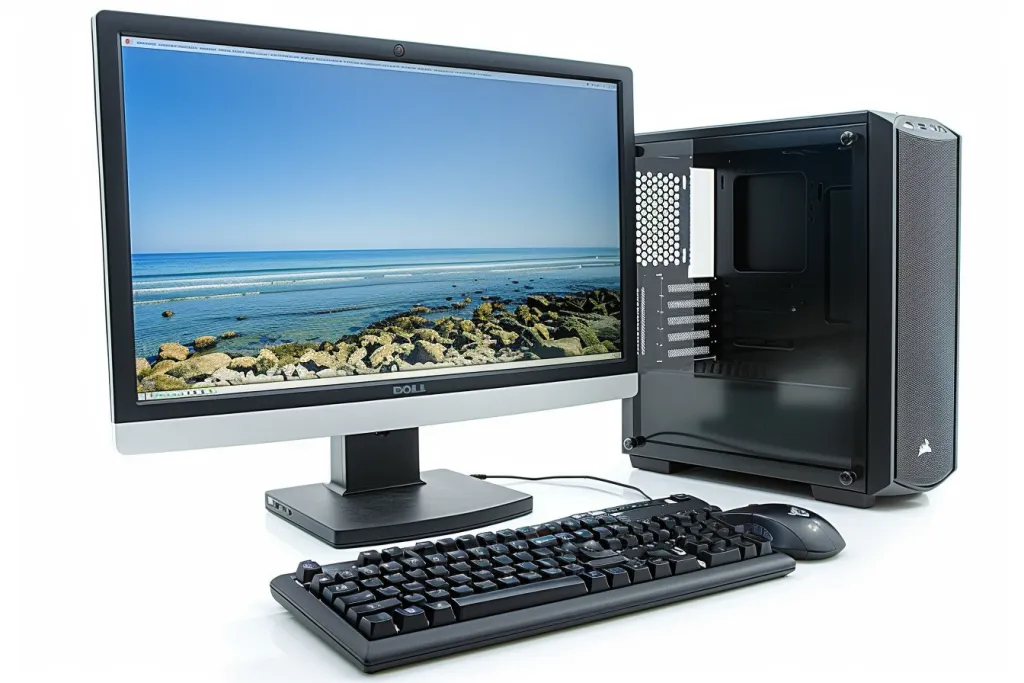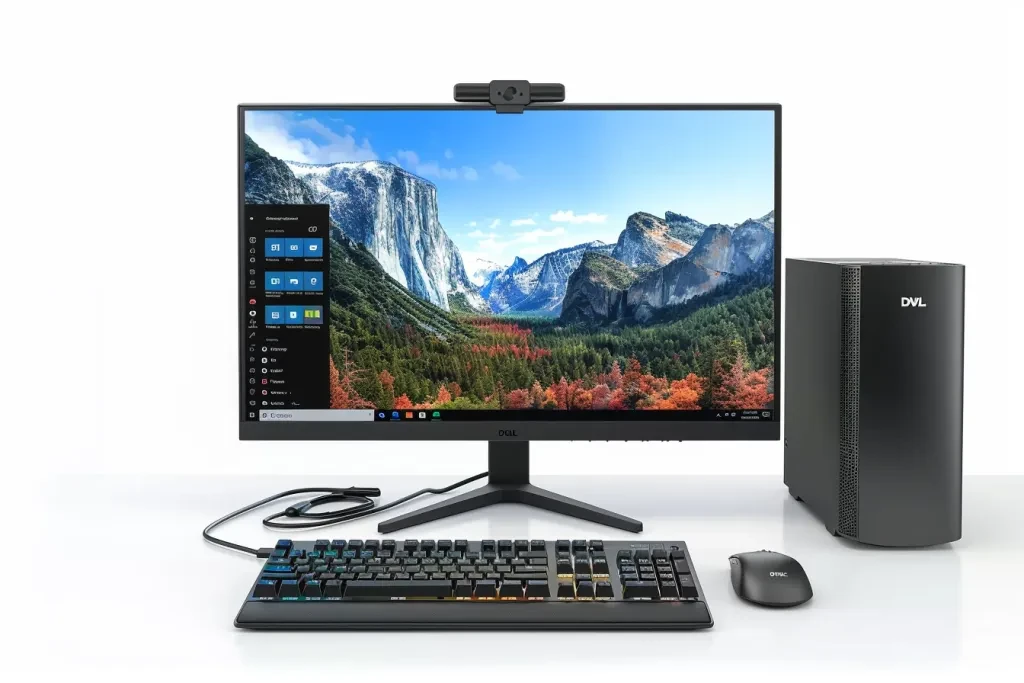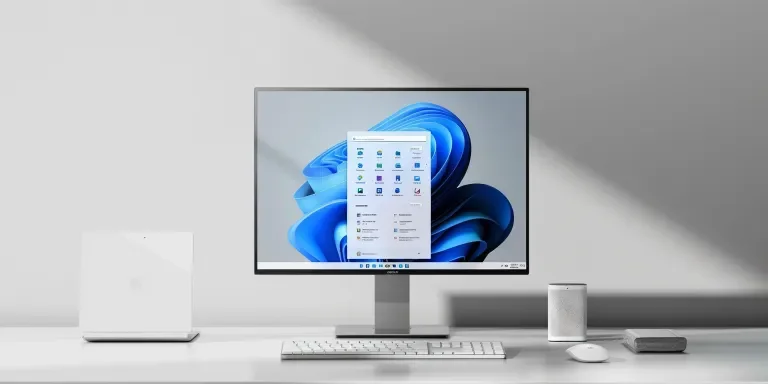Even in an age where tech rapidly surpasses itself at a speed never before seen, the desktop computer has endured, surviving through the generations. It has adapted and evolved to fit the always-changing needs of its users. Where mobile computing is king, desktop still reigns supreme as the best choice for those who work and play with their computers, as it is the most customisable, most powerful, and most performant device on the market today. This article will share five of its user’s favourite aspects of the desktop computing experience, giving insight into why the desktop remains so relevant in the digital landscape.
Table of Contents:
1. Performance and Specifications
2. Customization and Upgradability
3. Cost-Effectiveness
4. Ergonomics and Design
5. Environmental Impact and Energy Efficiency
Performance and Specifications

Desktop performance remains the most important consideration for many users. Whether they want to edit 4K video, play high-end 3D games, or process large databases, users expect blazing speeds. Much of that performance relies on the CPU and GPU, which have recently accelerated into high-fidelity compute and graphics engines. RAM and storage have also increased, and SSDs are now common, bringing the lowest latency for booting and fetching data.
But it’s not just brute power, this time, though there are new ways to integrate cooling systems to keep these high-power machines from overheating so they can remain stable during long periods of heavy workloads.
In addition, desktops offer multiple options for connectivity with a wide variety of peripherals as well as external devices. With USB ports aplenty, along with HDMI and DisplayPort plugs, modern desktops allow for easy connection of all your devices and accessories and contribute to the overall computing experience. On top of that, Wi-Fi and Bluetooth on desktops are powerful and reliable.
Customization and Upgradability

Perhaps the most compelling feature of desktops is that they can be customised and upgraded – they can be modified to someone’s needs and preferences. With a desktop, a user can choose the perfect motherboard, the correct amount of RAM, or a case that will fit a certain CPU.
Users can apply this customisation to aesthetics as well, with cases available in different sizes and shapes, sometimes even colour schemes, with LED lighting and transparent side panels, so that a desktop becomes a computer that not only performs but looks good, too.
However, another important consideration is upgradability. Desktops can be updated with newer components over time to keep up with the latest software and games, making them versatile and a cost-efficient investment in the long run.
Cost-Effectiveness

Desktops offer the most for the money: because the components are not integrated into a single unit and assembled into a portable device, you’re likely to get more oomph and flexibility for a buck. This cost-effectiveness is further enhanced by their long life and upgradability; instead of buying a new system when a chip or two need replacing, you can upgrade your desktop.
Besides, there’s usually keen competition in the market for desktop components, which means that users can often avail of deals and discounts, bringing down the cost further. Whether you’re building from scratch or upgrading existing hardware, the cost-benefit analysis of desktops is difficult to argue against.
And finally, this pick-and-mix approach can enable people to spend their money in proportion to their priorities. If the most important thing to you is image quality while gaming, you can spend your money accordingly; if you mostly want to browse the web and manipulate documents, you can have exactly that.
Ergonomics and Design

Desktops are also more ergonomic and well-designed, which reduces the strain involved in using a computer for prolonged periods of time. Moreover, because a desktop enables a user to place a monitor where it best suits their body, and to choose between full-size keyboards and various mice, it reduces the risk of repetitive strain injuries.
Furthermore, desktops themselves have changed in their aesthetics from the old bulky towers to sleek modern designs that look great in any room. They can now blend seamlessly into living areas, home offices, gaming setups and more, adding to the overall aesthetic of the space while still being a functional and powerful piece of technology.
Desktop cases have a greater amount of space, which facilitates better airflow and puts less heat into machines – an important component of keeping things quiet. These things all speak to a level of thoughtful design and ergonomic attention that sets the desktop not only as a computing powerhouse but also the focal point of the working and domestic environment.
Environmental Impact and Energy Efficiency

In the today’s EcoGreen world, energy effiency and environmental friendliness are importent issues for any pc, desktop computers are no exception. Improvements in technology allow for a more energy efficent component to be used. This is a good thing as not only is less electricity being used, but heat is also generated in less quantity which our environment is thankful for.
Sustainable manufacturing is also on the rise, with recycled materials being used in assembly and with desktops able to be disassembled in a number of ways to make end-of-life recycling easier. These initiatives reflect a new focus on minimising the environmental impact of consumer electronics.
Additionally, their long product life and upgradeability, allowing single owners to continue using them for many years rather than replacing them with newer models, is another aspect of desktops that reduces electronic waste. These factors, in addition to energy-efficient design, put desktops at the forefront of eco-friendly consumerism.
Conclusion
As a result, desktops have evolved along with user requirements – they have become the epitome in terms of performance, personalisation and affordability, power-efficiency and ergonomics. In the era of touch computing, desktops have continued to serve all professional and gamer requirements or even simple home tasks. Desktops – what a marvellous computer that never dies!




